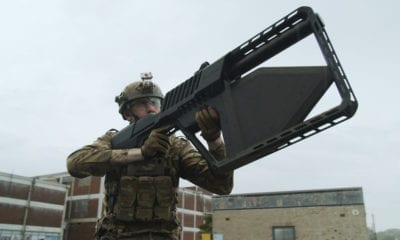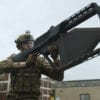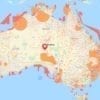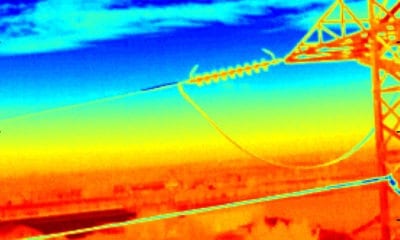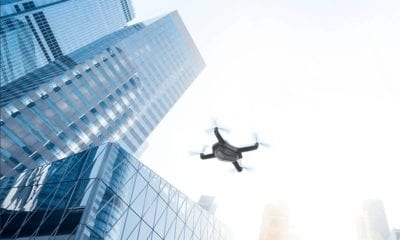
Energy & Utilities
Telstra Reports on its Drone Cell, Drone Swarm and 5G
Telstra Vantage™ 2018 trialled their new drone technology in the field earlier in September in Laverton, Victoria. The Telstra Labs team executed a drone swarm and a mobile ‘cell on wings’ demonstration using 4GX on the Telstra mobile network with the aim of providing assistance in disaster management situations, such as bushfires, cyclones and floods, have a devastating impact on people.
The drone swarm is a group of drones flying in formation and controlled by a single pilot using vision capture to quickly and efficiently map an area impacted by fire or flood. Computer vision capabilities enable the cameras on the drones to distinguish between specific objects, such as people and vehicles and are dubbed as ‘cell on wings’. According to Telstra these drones are further evolution of its ‘cell on wheels’ (COW): The generator-powered mobile base station that the ‘telco’ uses to provide mobile coverage when infrastructure has been damaged or in cases of increased demand in areas (festivals, for example).
This will also be effective in aiding emergency services operators to locate people to be rescued and also in assessing the overall scale of damage over a large area. As the technology matures, allowing for more than one drone per pilot, drone swarms will be able to be deployed routinely to simultaneously cover and search a large area – something that could save lives in an emergency rescue situation, and time and money in less dramatic situations.
One of the drones on display at the Telstra Vantage conference in Melbourne was equipped with a small base station capable of handling 128 simultaneous calls. If a drone was connected to a base station on the ground, it could be used to handle up to 4000 simultaneous calls. Without power, the drones probably deliver about three quarters of an hour of flight time. However, Telstra chief technology officer Hakan Eriksson said that the drones could be connected to a power lead attached to a ground-based generator – thus enabling near-indefinite flight time.
Different antenna configurations are possible depending on the area that requires coverage. A single drone could provide “many, many kilometres” of coverage, Eriksson told Computerworld. The idea is that a swarm could be operated by a single pilot, though this is not currently allowed under Australian aviation regulations.
“The mobile network allows us to quickly send and receive data from the drone, and allows the pilots to safely set up missions for multiple drones through a single platform with visibility and control over all the drones that are flying,” Eriksson said.
5G is also on the agenda for the drone swarm.”In the future 5G will allow operators using this type of technology to run missions end-to-end with an extensive data uplink capability. This would mean being able to stream large sets of live data (such as high resolution video) back to operators to be able to use straight away, and back to the server for even more intelligent decision making.” Eriksson further added.



